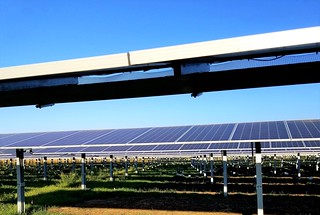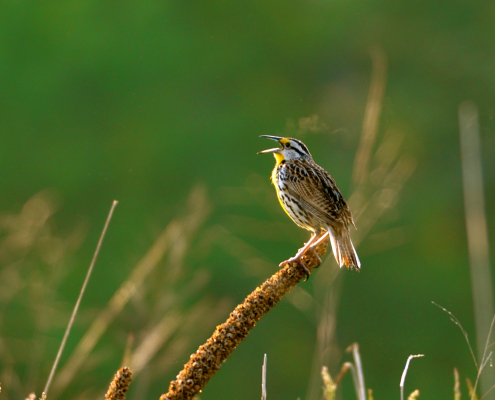
To Mow or Not to Mow?
Timing field management in and around solar fields to optimize conservation opportunities for declining grassland birds
Dr. Amy Johnson, Conservation Biologist and Program Director, Virginia Working Landscapes, Smithsonian’s National Zoo…
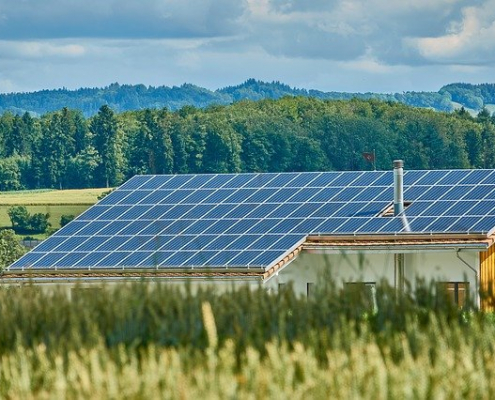
Financing and Incentive Options for Solar
By: Andrew Valainis
Director, Montana Renewable Energy Association (MREA)
According to the Solar Energy Industries Association, the cost to install solar has dropped more than 60% over the last decade alone, with the average residential…
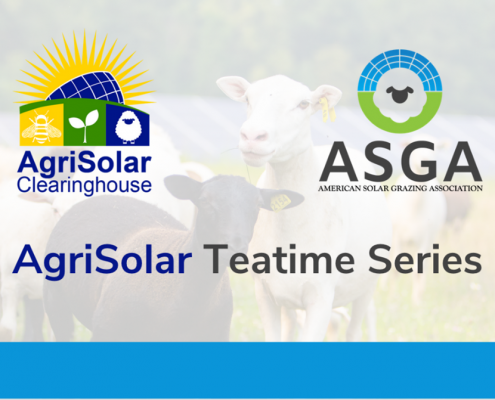
Watch: Teatime – Leasing for Community and Grid Scale Solar: Key Considerations While Negotiating
In this Teatime from April 21, 2022, Tom Murphy, the Director of Penn State’s Marcellus Center for Outreach and Research (MCOR), presents Leasing for Community and Grid Scale Solar – Key Consideration While Negotiating. Tom's current…
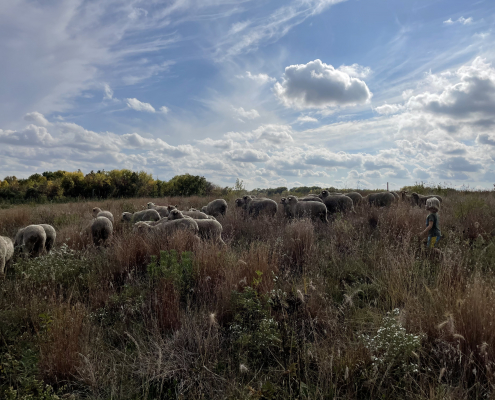
Case Study: Cannon Valley Graziers
Cannon Valley Graziers is a vegetation-management company based in Southeastern Minnesota. Since 2018, Arlo Hark and Josephine Trople have been using their flock of sheep to manage vegetation in a variety of environments, working closely…
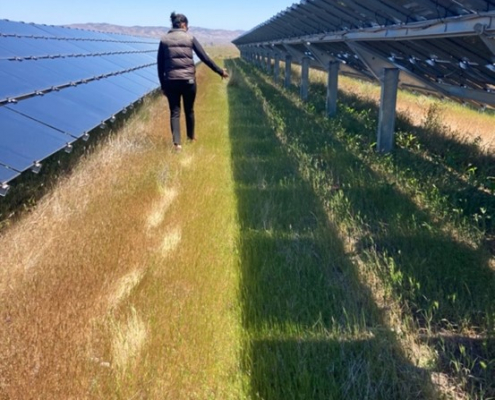
Characterizing the Ecological Implications of Utility-Scale Solar Energy on Fallowed Farmlands
Written By: Amanda Gersoff (M.Sc. student), Dr. Seeta Sistla
Natural Resources Management and Environmental Sciences Department, Cal Poly, San Luis Obispo
Our team is studying the ecological aspects of utility-scale solar arrays set…
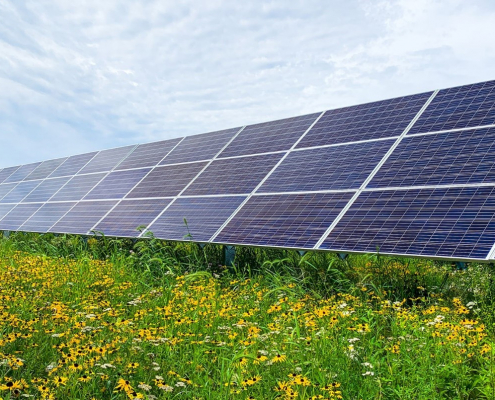
Ecosystem Services of Solar-Pollinator Habitat
By Lee Walston and Heidi Hartmann, Argonne National Laboratory
Pollinator habitat at a solar facility in Minnesota. Photo: Lee Walston, Argonne National Laboratory.
Many of us have witnessed regional land-use transformations…
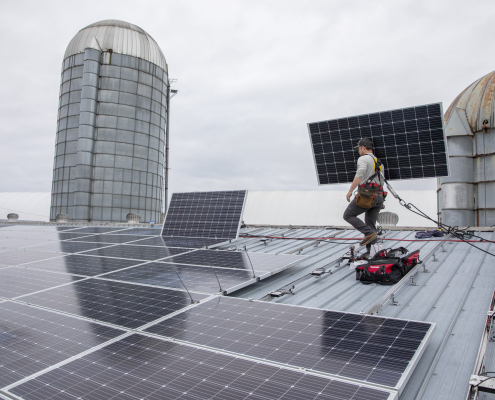
Video Series Provides Solar Education to Farmers
It should come as no surprise that farmers are busy people. Success in farming requires hard work and long days, not to mention staying up to speed on farming practices and technologies. As renewable energy deployment on farmland becomes more…
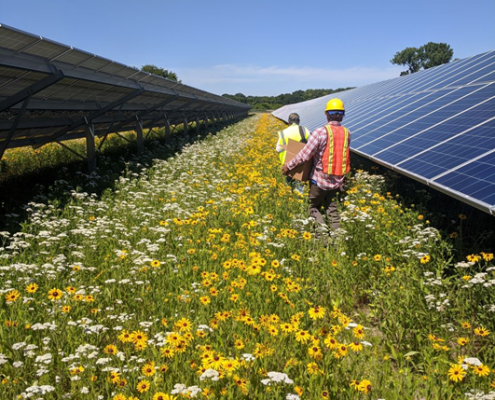
Case Study: A Pollinator-Friendly Solar Site in Minnesota that Manages Stormwater.
As we continue to deploy clean energy across the United States, more attention is being paid to how best to develop clean energy projects at the pace and scale that the climate crisis requires, while also ensuring that we are taking care of the sites and communities that host those projects.
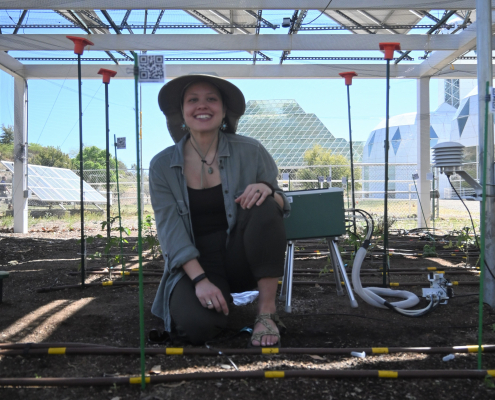
Fostering Social Acceptance of Solar Through Agrivoltaic Solutions
By Alexis Pascaris
What if we shifted our perspective to view Not in My Backyard (NIMBY) syndrome as an occasion for innovation? What if we strategically integrated local community interests into a solar project, rather than grappling to…

American Solar Grazing Association, AgriSolar Clearinghouse Partner on Webinar Teatime Series
The AgriSolar Clearinghouse is partnering with the American Solar Grazing Association to run a series of joint educational agrivoltaic webinar presentations, known as Teatimes. These events are free and open to the public, and recordings…
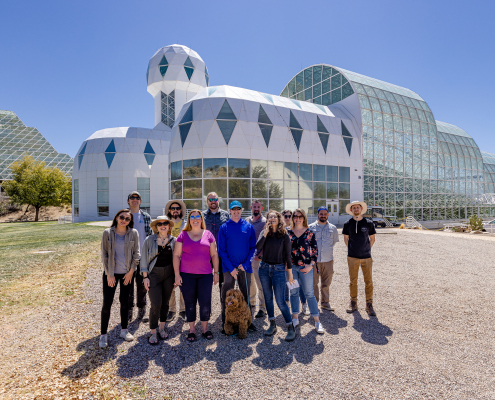 Credit: Steven Meckler Photography
Credit: Steven Meckler PhotographyFollow the Sun Tour: Learning from Arizona’s Biosphere 2 and Manzo Elementary Agrivoltaics
By Dr. Stacie Peterson
The interdisciplinary research at Biosphere 2 and Manzo Elementary School in Tucson, Arizona is foundational for agrivoltaics in the United States. My first introduction to agrivoltaics came from research at these…
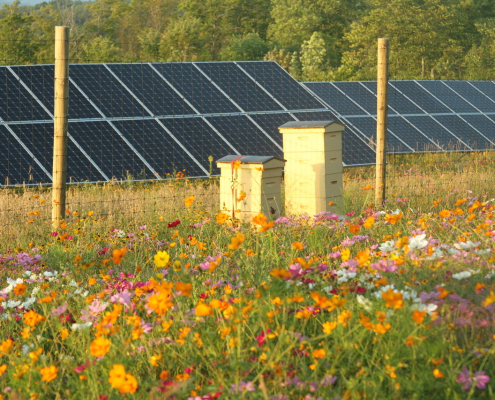
Sweet Deal: Beekeeping at Solar Sites Offers Economic and Environmental Benefits
By Lindsay Mouw, Center for Rural Affairs
What’s the latest buzz about solar energy? It’s likely the thousands of honey bees that call solar fields home.
Commonly referred to as “agrisolar beekeeping,” the practice of placing…

